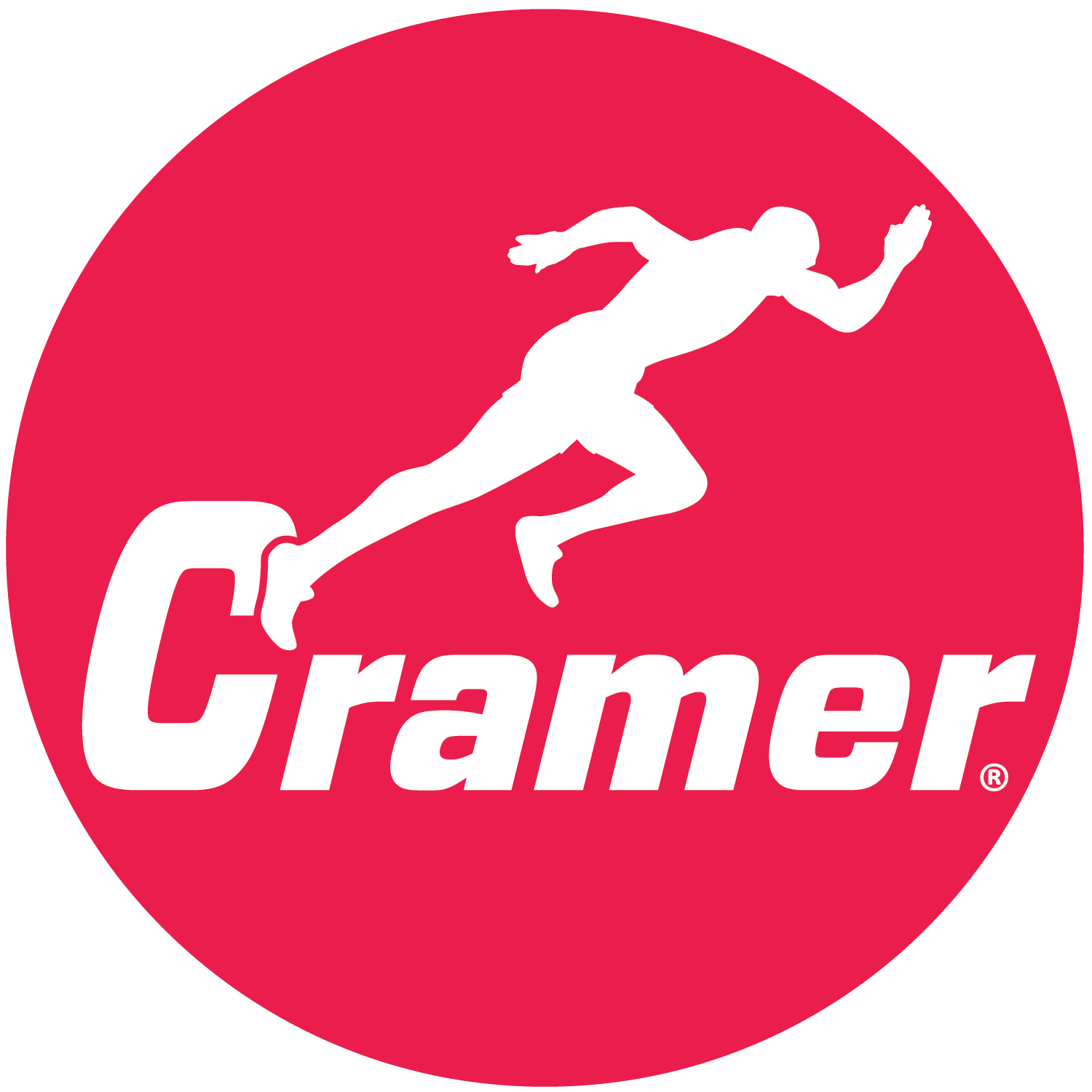
From the January 1961 issue of The First Aider:
COMMENTS FROM EXPERTS
On Tuesday, November 1, 1960, we contacted 31 varsity trainers by phone. Our purpose was to obtain information regarding injuries and general team condition. A cross-section of a few comments were as follows... Read More
The caffeine in a morning cup of coffee could help improve athletic endurance, according to a new University of Georgia review study.
Authored by Simon Higgins, a third-year doctoral student in kinesiology in the College of Education, the study was published in last month's issue of the International Journal of Sport Nutrition and Exercise Metabolism. Read More
The American College of Sports Medicine (ACSM) and five other professional organizations released a new team physician consensus statement last month that outlines best practices for injury and illness prevention for athletes of all levels. This statement is the newest paper in a series published since 2000 that addresses pertinent topics such as return-to-play decisions, concussion treatment, injury and illness prevention, sideline preparedness, psychological issues and other important topics. Read More
